A well-kept garden enhances the appearance of a home while also providing a relaxing environment. Changing the look of a garden can be costly, particularly in terms of plants, materials, and decorations.
However, if you’re resourceful and creative, you can make your garden look stunning without spending a fortune. Upcycling materials and DIY projects can help you make your outdoor space look new and useful without breaking the bank.
Upcycling Materials.
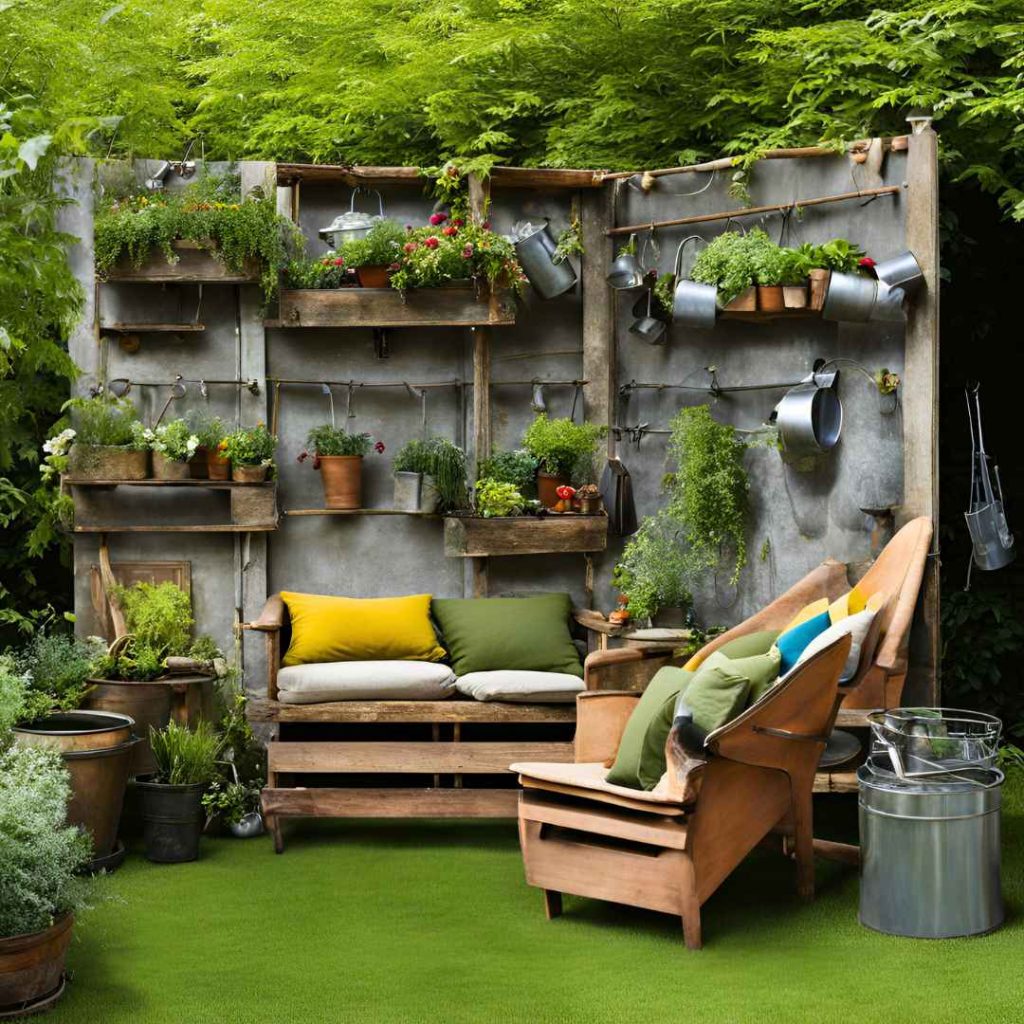
You can transform the appearance of your garden without spending a lot of money by upcycling old pallets, tires, and containers. These items can be reused to create unique planters, furniture, or home decor, saving money and personalizing the items.
You can use wooden pallets to make raised garden beds, vertical planters, and outdoor furniture. Tires can be painted bright colors and stacked to create planters or rough, round beds. Finally, unused buckets, cans, and bathtubs can be repurposed as unique planters or water features.
To obtain materials for free or a low cost, ask nearby businesses if they are willing to give away old pallets or containers. These items can be purchased and sold through websites such as Craigslist, Freecycle, and Facebook Marketplace.
Participating in or visiting local cleanup events may also lead to the discovery of items that can be repurposed into garden treasures. Finally, thrift stores and flea markets are good places to look for inexpensive garden supplies. Upcycling not only reduces waste, but it also allows you to personalize your garden without spending too much money.
DIY Garden Features.
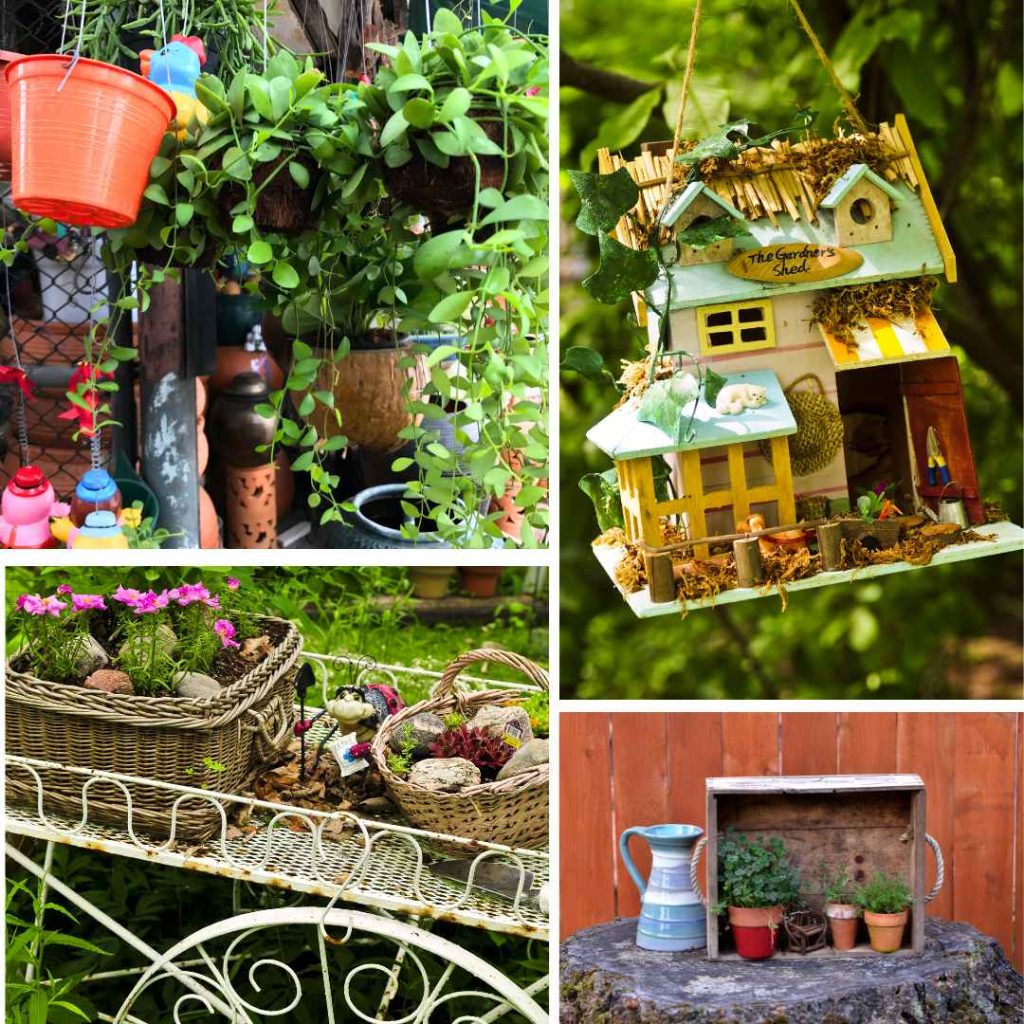
Making garden ornaments is an enjoyable and rewarding way to add color and personality to your garden without spending a lot of money. Some projects include painting stones, making wind chimes, and making bird feeders.
Painting stones adds color and personality to your garden, while wind chimes improve its appearance and sound quality. Wind chimes require sticks, driftwood, string, metal washers, keys, shells, beads, and scissors. Hang chimes from driftwood or a strong branch using cut string or fishing line to catch the wind and make soft sounds.
Bird feeders are an excellent way to attract birds while also enhancing the appearance of your garden. You’ll need a pine cone or empty toilet paper roll, peanut butter or honey, birdseed, and string.
Spread honey or peanut butter on the outside, coat it with birdseed, and tie a string through the top or around the base. Hang the bird feeder from a hook or branch and enjoy the birds that flock to it.
Utilize Vertical Space.
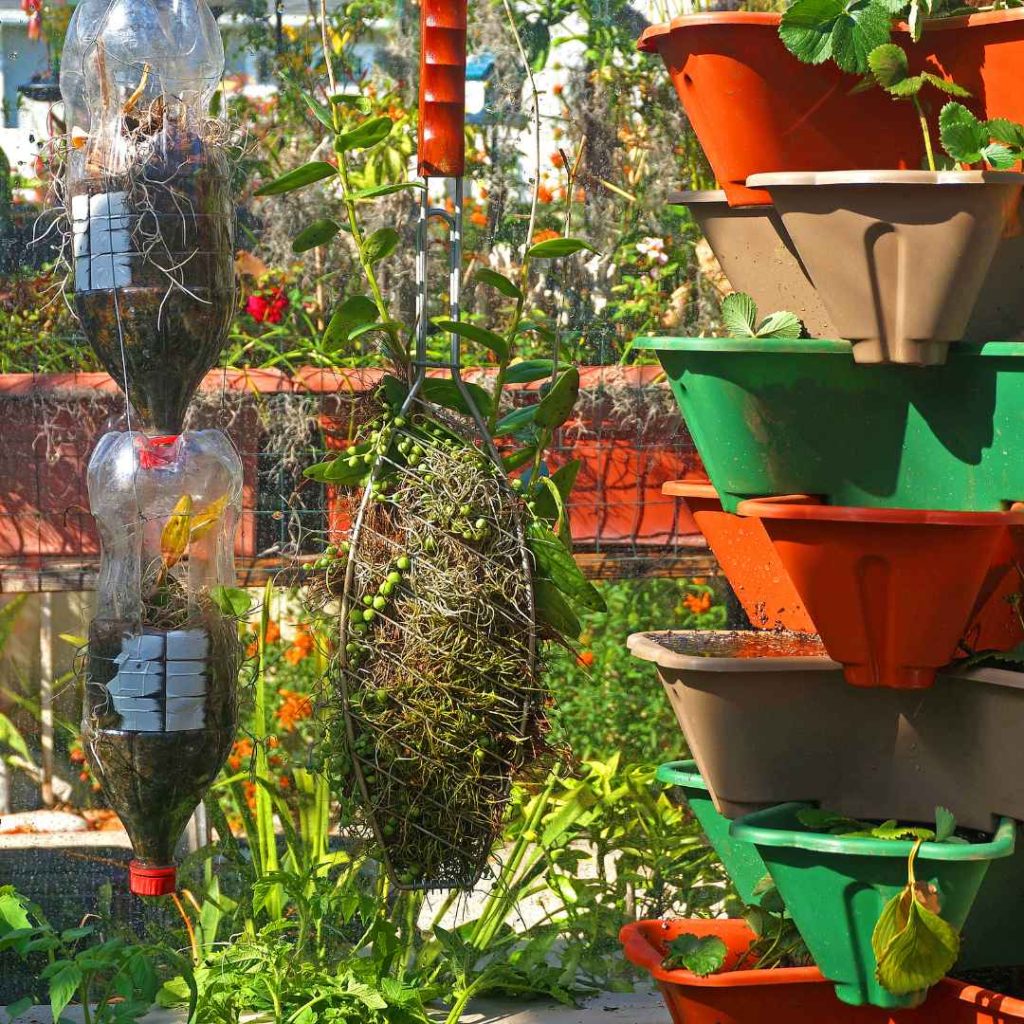
Making the most of your garden’s vertical space is a simple and cost-effective way to keep it green and lush without taking up valuable ground space. Hanging planters, wall gardens, and tiered shelving can all help with this.
Plants can be arranged in hanging planters to create a waterfall effect. Small pots or containers can be attached to a wall, trellis, or wooden pallet to form a vertical garden.
Tiered shelving allows you to arrange multiple plants vertically without overcrowding the garden. Planters mounted on walls or fences can be directly attached, and pocket gardens can be created using fabric or felt organizers.
Planters stacked on top of one another create a tower of plants, giving the garden height and depth. Climbing plants can be trained to grow up trellises, fences, or walls to block the view or conceal unsightly areas.
You can expand your garden without adding more space by utilizing vertical space. This is ideal for smaller gardens, patios, and balconies.
Plant From Seed Or Cuttings.
Planting from seeds or cuttings is an inexpensive and enjoyable way to grow plants in your garden. Choose seeds that will thrive in your area and fill seed trays or pots with seed-starting mix or potting soil.
Water gently to avoid soil disturbance, and place them in warm, bright areas that do not receive direct sunlight. Keep the soil moist and check for germination every day. Once the seeds begin to grow, remove the cover and place the seedlings in a bright location.
To grow plants from cuttings, you’ll need a healthy parent plant, pruning shears, small pots or containers, potting soil, and rooting hormone. Choose plants such as mint, rosemary, lavender, pathos, and succulents. Cut a 4 to 6 inch piece of the plant just below a leaf node and add rooting hormone if desired.
Place the cutting in a small pot containing wet potting soil or a combination of perlite and peat moss. Cover the cutting with plastic bags or indirect light to keep it moist. Water the cutting frequently and monitor for germination signs. Once the cutting has established strong roots, transplant it to a larger pot or directly into your garden.
Add Lighting For Ambience.

Solar lights are an inexpensive and environmentally friendly way to illuminate your garden, charging during the day and automatically lighting up at night.
They can be used to mark walkways, highlight features, or place stake lights between plants or garden beds. String lights in a variety of styles can add a festive look to your garden while also creating a cozy space for parties or relaxation.
They can be placed over seating areas, wrapped around tree trunks or bushes, or hung along fences or walls.
Making your own lanterns out of jars, cans, or bottles is a creative and unique way to illuminate your garden. Create patterns or shapes with battery-operated tea lights, fairy lights in mason jars, or wine bottle torchlights. These lanterns can be displayed on tables, hung from trees, or used as path markers.
Incorporating these lighting options can make your garden feel more inviting while also improving your outdoor space at night. Proper placement of solar lights, string lights, and DIY lanterns will transform your garden into a cozy retreat for relaxing or entertaining guests.
Keep Reading
- 15 Indoor Herb Container Garden Ideas
- 10 Best Trellis Ideas For Vertical Gardening
- 10 Best Diy & Cheap Container Vegetable Gardening Ideas Anyone Can Use
Make Use Of Mulch.
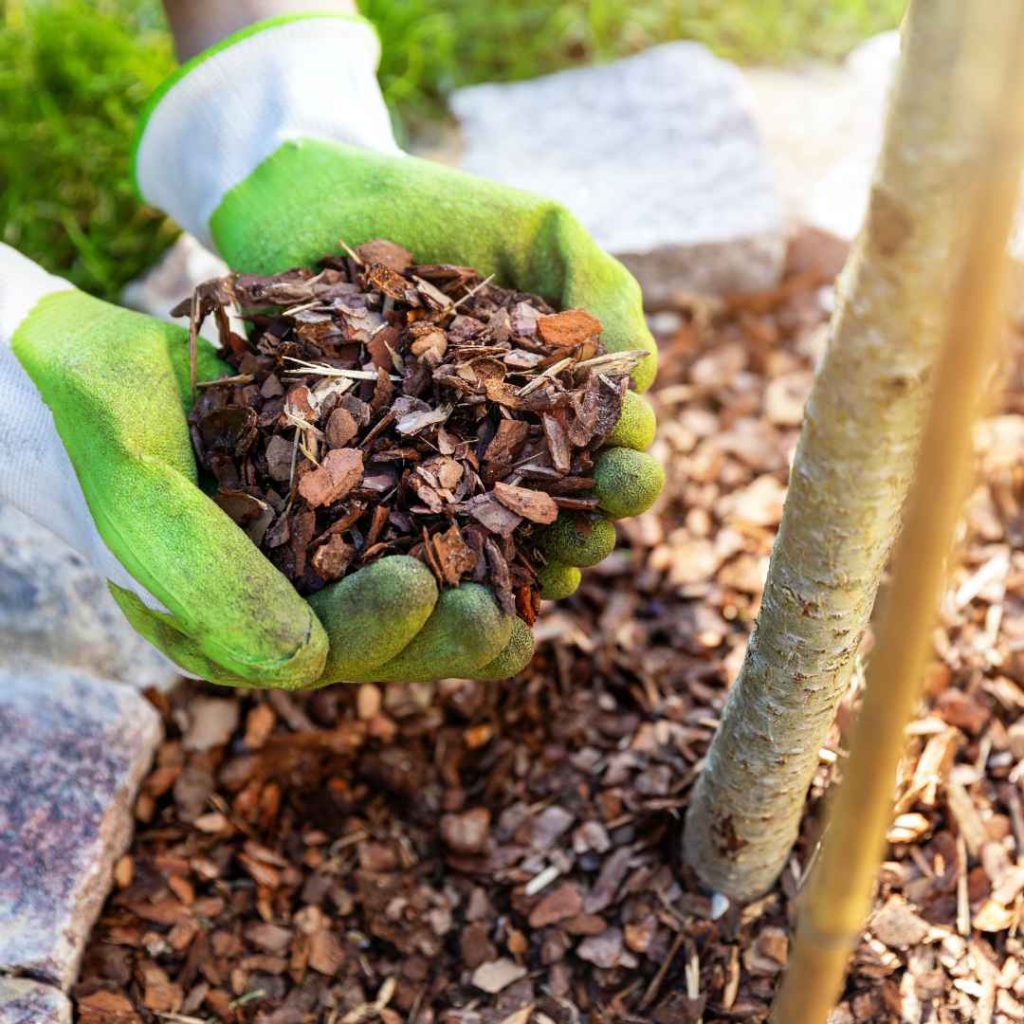
Mulching your garden is a simple and inexpensive way to improve its appearance while also keeping it healthy. You can find free mulch in your area or make your own from yard waste. You can obtain mulch from the city, a tree service, a neighborhood group, or organic waste.
It has many benefits for plant health, including keeping water in the soil, eliminating weeds, improving soil, controlling temperature, and preventing erosion. It also improves the appearance of your garden by providing a clean, organized look, a variety of colors and textures, and clear garden spaces.
Mulch promotes plant growth and enhances the appearance of your outdoor space, whether obtained for free from a local source or made from organic waste. Mulching your garden on a regular basis will improve its appearance while also making it easier and more enjoyable to maintain.
Create Privacy.

You can create your own private garden area in a variety of simple and inexpensive ways, including growing climbing plants and making your own screens.
Plants that grow, such as Morning Glory, Sweet Pea, Clematis, Honeysuckle, and Virginia Creeper, can quickly cover fences, trellises, or pergolas, creating a lush, green wall that is both attractive and private. To ensure that the plants grow well, provide strong supports, plenty of space between them, regular watering and fertilization, and pruning.
You can make your own privacy screens from wood, bamboo, or previously used materials. Bamboo screens are environmentally friendly, and wooden pallet screens can be reused to create more rustic screens. Lattice panels can be used as standalone screens or attached to existing structures.
To create a living wall, attach pots or planting pockets to a wooden frame or trellis. Fabric panels can be stretched between posts or across an existing structure to create temporary privacy screens.
Layering, strategic placement, and modular design are all good placement ideas. You can create a cozy, private area that looks better in your garden by using climbing plants and making your own screens.
Incorporate A Water Feature.
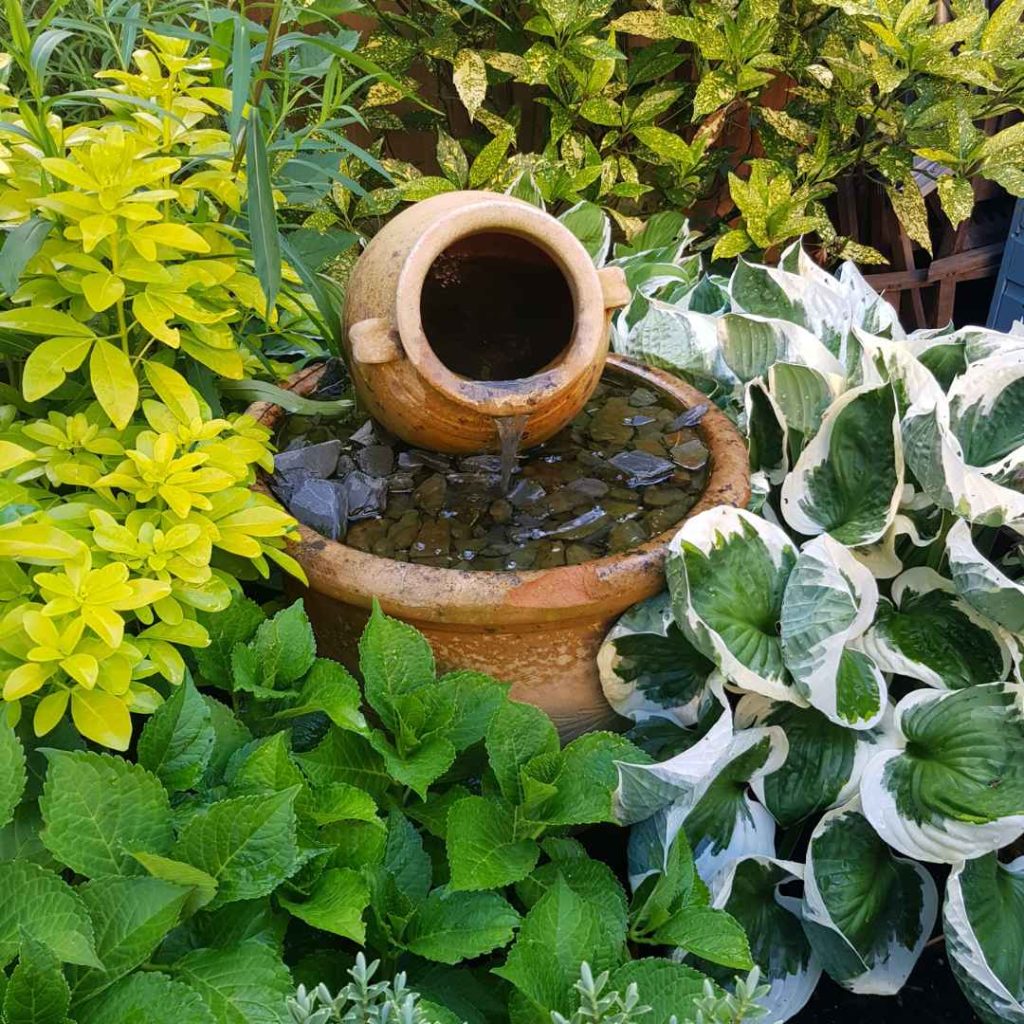
A water feature in your garden can create a relaxing atmosphere, attract wildlife, and serve as a focal point. You can create cute water features on a budget by using simple designs and recycled materials. A mini pond and a water bowl are two simple water features that can be created.
A large, sturdy container, a pond liner, rocks or bricks, water plants, pebbles or gravel, and a small fountain pump can all be used to create a mini-pond. There should be a mix of sun and shade around the pot, and the plants should be placed at various heights. You can use a fountain pump to slow the flow of water.
The bowl can be adorned with small water plants as well as stones, pebbles, or marbles. To add atmosphere, consider using floating candles or solar-powered lights.
A water feature can also be made from previously used materials, such as old containers, broken pots, or leftover building supplies. You can create a peaceful retreat for a low cost by using simple designs and recycled materials.
Create Defined Spaces.
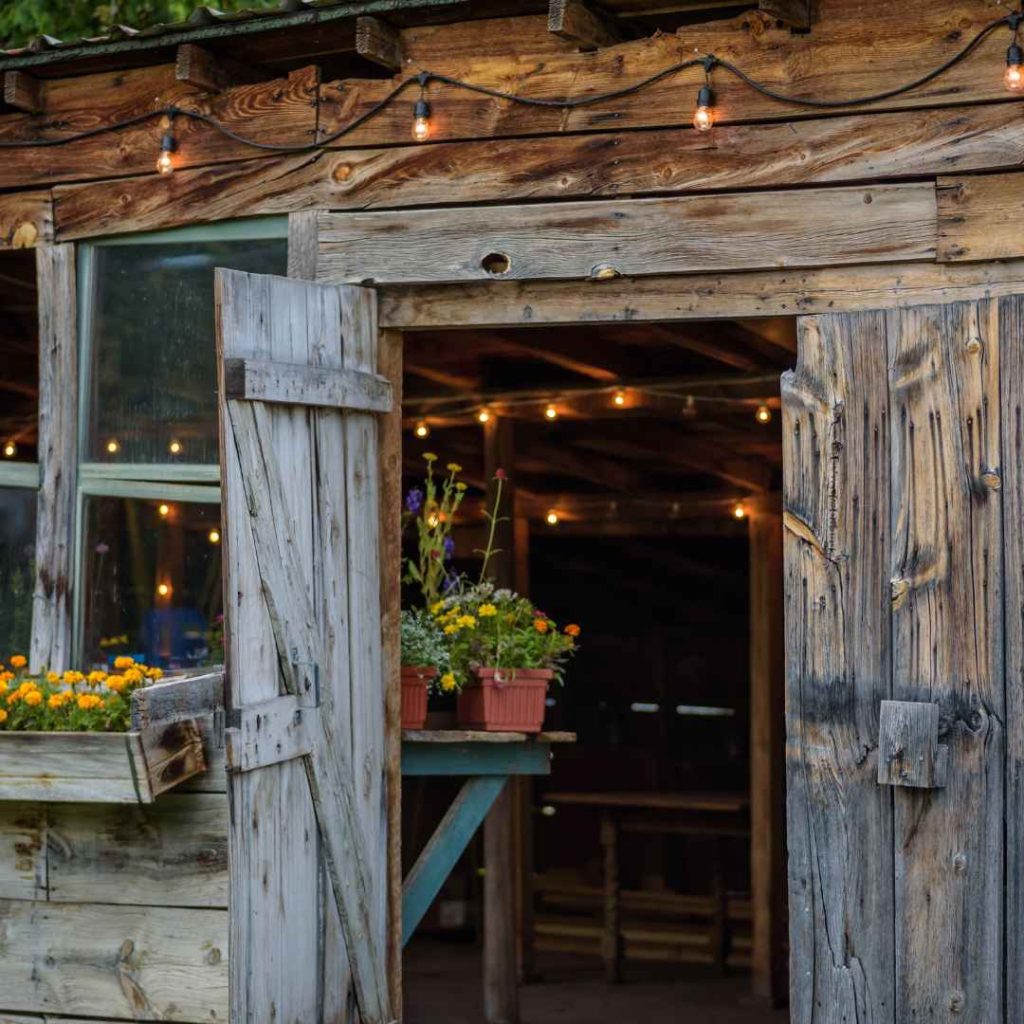
Garden borders are essential for keeping your garden organized and adding to its aesthetic appeal. Natural materials such as stone, wood, or bricks can be used to create borders between areas such as flower beds, paths, and seating areas.
These borders not only improve the garden’s appearance, but they also prevent soil erosion. To create stacked stone borders, use stones such as fieldstones, river rocks, and flat stones.
Log edging, railway sleepers, and wooden planks can all be used to create a rustic look in your garden, saving money while also adding character. Bricks, with their timeless aesthetic, can be used to create clean, clear borders in a variety of styles, including the classic brick edge, herringbone pattern, and stacked bricks.
Old tiles, pavers, bottles, terracotta pots, or upside-down plates are all less expensive options. By incorporating these natural materials, you can create clear garden areas that improve the design of your outdoor space while remaining within your budget.
Add Color with Paint.
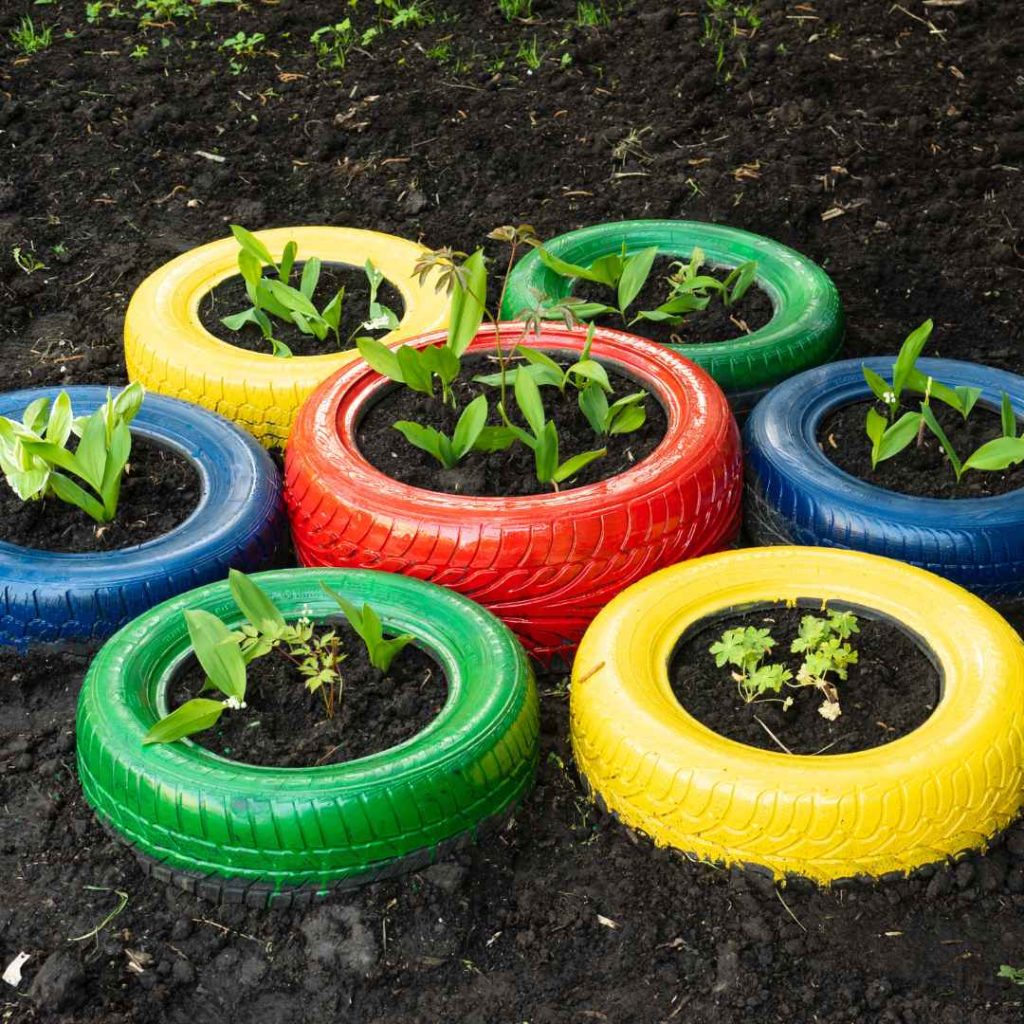
Painting your outdoor space is an inexpensive way to make it look unique. It can be used to paint pots and planters, update garden furniture, and repair fences and other structures before painting your garden furniture, clean, sand, and prime the surface. Then choose the right paint. Paint your design, then seal it.
You can use either acrylic or spray paint. For structures and fences, clean the surface, repair any damage, and select the paint. Use accent colors to draw attention to specific areas.
To save money, mix the paints you already have, look for clearance items, buy sample pots, or use spray paint. Paint is a versatile medium that allows you to express your creativity while also improving the overall appearance of your outdoor space.
